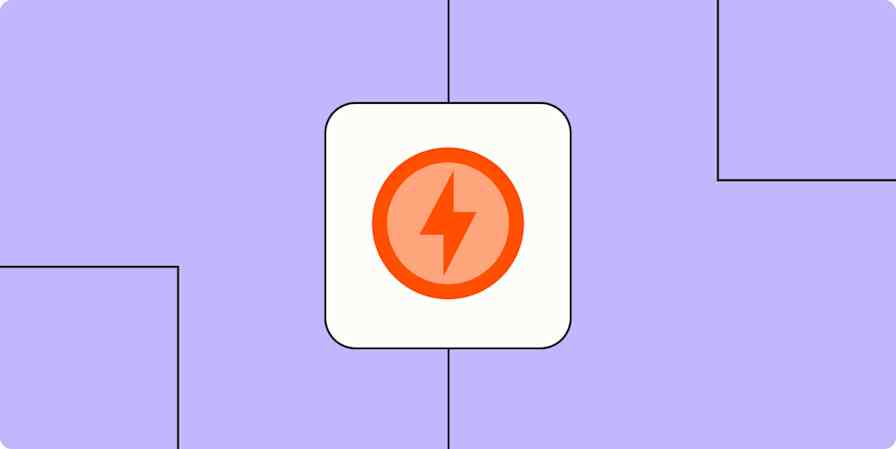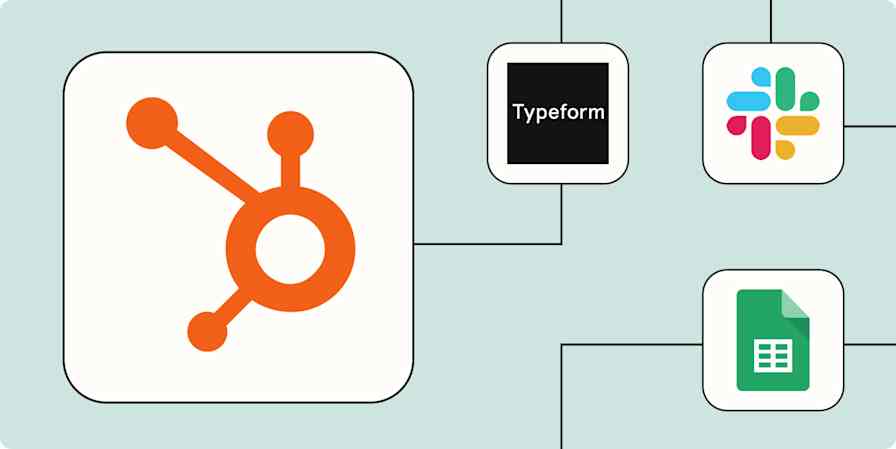Business tips
21 min readHow to Acquire Customers: 19 "Traction" Channels to Start Testing Today
By Nathaniel Eliason · February 10, 2015

Get productivity tips delivered straight to your inbox
We’ll email you 1-3 times per week—and never share your information.
Related articles
Improve your productivity automatically. Use Zapier to get your apps working together.








